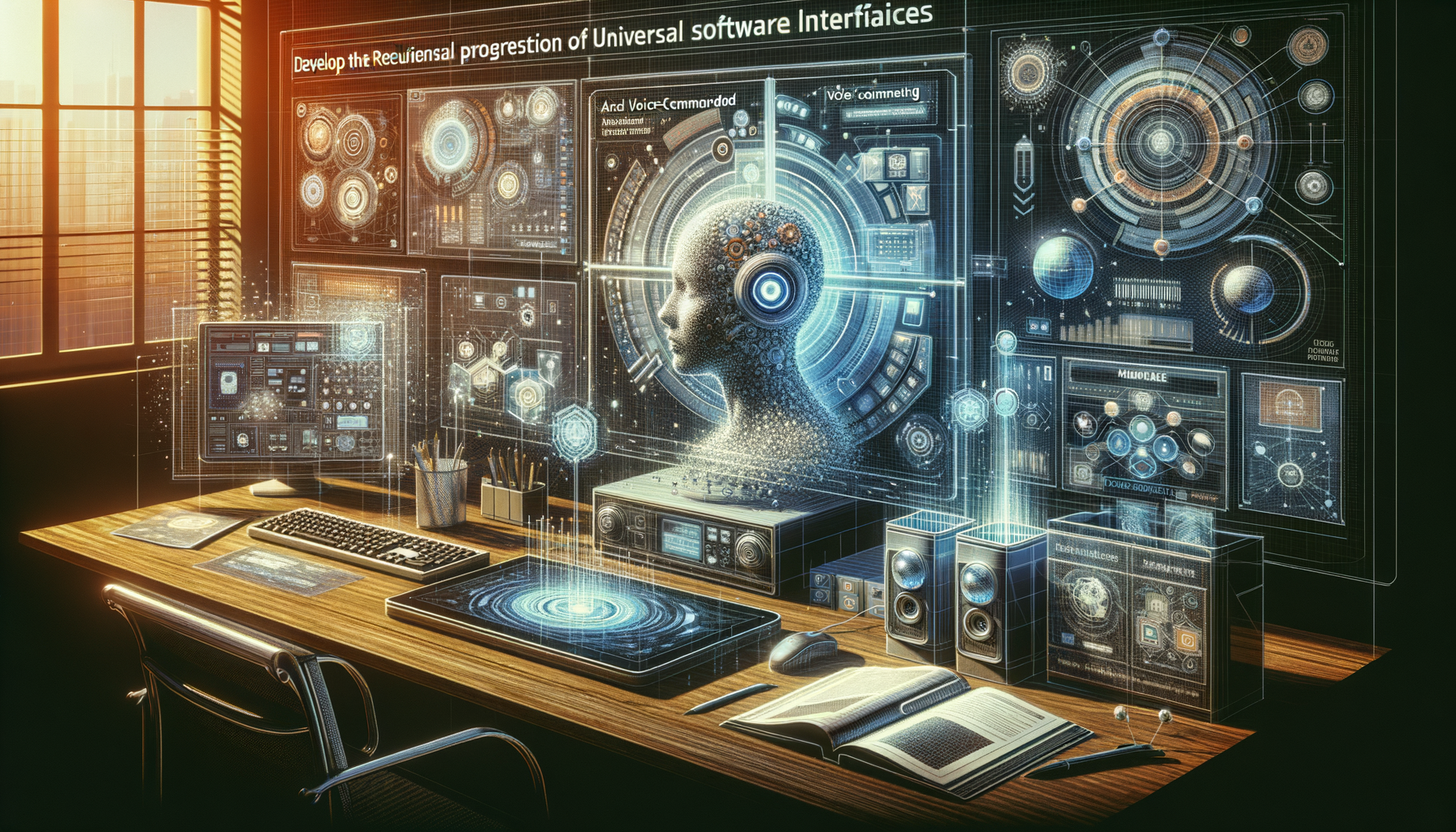A Glimpse into the Future of Windows
In an era defined by rapid technological advancements, Microsoft has set its sights on the next frontier for operating systems. Recently, the tech giant shared glimpses of its potentially groundbreaking vision for the next iteration of Windows. The upcoming version is poised to break away from traditional interfaces, potentially discarding the long-familiar keyboard and mouse for an innovative, voice-controlled environment designed to enhance productivity.
Zooming In
The All-Seeing, Voice-Commanded Future
Pavan Davuluri, Microsoft’s Windows and Devices chief, recently highlighted the company’s ambition to create an OS where users can expect seamless interaction through chat and voice commands. This operating system aims to integrate multiple interaction modes-voice, pen, touch, and vision-suggesting a shift towards a more natural and intuitive user experience.
Microsoft intends to leverage AI capabilities to create what can be described as a “productivity superpower,” where the system semantically understands user intent and adjusts its operations accordingly. Davuluri expressed confidence that computing would become “more ambient, more pervasive” with such advancements, spanning various devices and interfaces.
Aligning with Industry Trends
The concept of multimodal interaction aligns with broader trends in tech, where companies are aiming to create more intuitive user experiences. The smartphone industry, for instance, has gradually moved towards voice commands, seen in Apple’s Siri and Google Assistant. Microsoft’s vision, however, extends these capabilities to everyday computer tasks, such as drafting documents or browsing the web.
Microsoft’s Strategic Integration with AI
This strategy is evident in Microsoft’s gradual rollout of AI features in Windows 11 through its Copilot AI platform, which is expected to evolve further by incorporating more sophisticated local AI models and cloud computing functionalities. The ambition is to create an integrated system that supports users by enhancing their focus and productivity-termed staying “in the flow”.
Industry Reactions and Future Outlook
Industry insiders acknowledge the ambitious nature of Microsoft’s plans, noting its potential to redefine user interactions with personal computers. While some experts remain cautiously optimistic about replacing conventional input methods, there is general consensus that AI-driven interfaces could significantly alter how individuals engage with technology.
While a definitive timeline for this transition remains unconfirmed, indications point toward a significant OS update within the next five years, with a probable release before 2030. Microsoft’s endeavor not only reflects its commitment to innovation but also sets a potential benchmark for future operating systems, pitting the company against competitors that might follow suit in integrating AI at the core of their user experiences.
This next generation of Windows underlines the growing influence of AI and a move towards smarter, context-aware computing environments, promising to reshape our digital interactions in the foreseeable future. As this development unfolds, the tech community will watch closely to see how these changes will manifest in everyday computing tasks.









